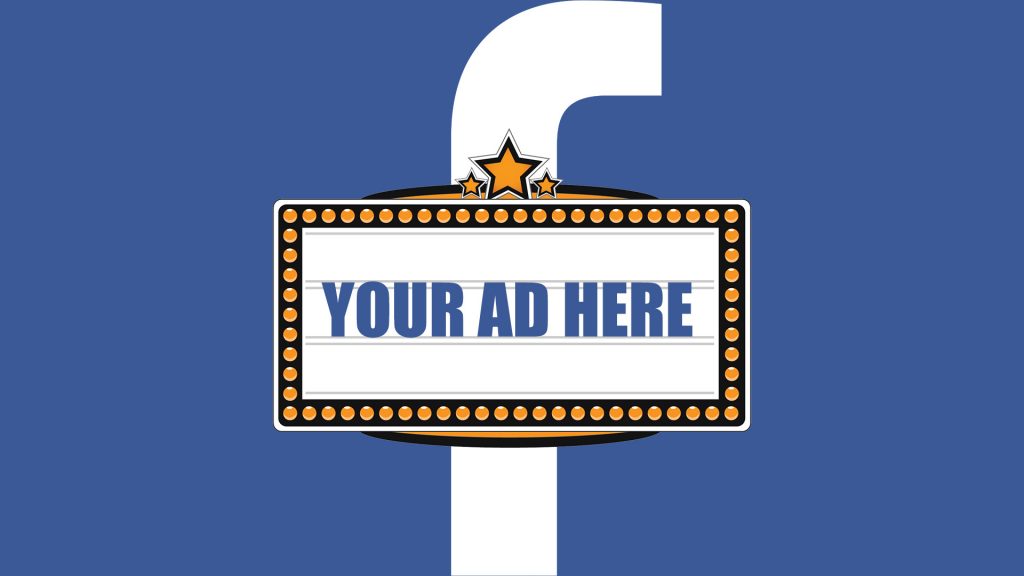After officially opening itself up last year as a free distribution outlet for branded content and influencer marketing, Facebook is ready to cash in.
On Monday, Facebook rolled out a new way for brands to take the posts that they pay publishers and influencers to create — and that the publishers and influencers tag as branded using Facebook’s labeling system — and promote them as ads on the social network.
Technically, marketers could already pay to amplify these branded posts as ads, but the process was a little clunky. First, a brand’s Page had to share (aka Facebook-retweet) the publisher’s or influencer’s post, and then the brand could pay to run that shared post as an ad. Now brands can sidestep the sharing and promote the original post as an ad.
Here’s an example of the difference. The old, shared-post ad is on the right.
Facebook’s new branded-content promotion option removes the share requirement. Source: Facebook.
Once a brand has selected a post it wants to promote, it can use all the normal options to target the ad, including Custom Audiences to aim the ad at a brand’s existing customers or people who share similar characteristics.
Coinciding with the more streamlined branded-content promotion option, Facebook is rolling out controls for publishers and influencers to specify which brands can promote their posts and for brands to specify which creators can tag them in a post.
Only the brand that a publisher or influencer tagged in a post can promote it as an ad, and only if the publisher or influencer checked the box to allow the brand to promote it, according to the Facebook blog post announcing the new features.
Brands can manage which publishers or influencers can publish posts that tag the brand. To do so, the brand must go to the “Branded Content” tab within its Page’s settings menu and toggle on the “Require Approvals” setting. The brand can search for and add the Pages or individual profiles of companies or people that are allowed to tag it in posts.

